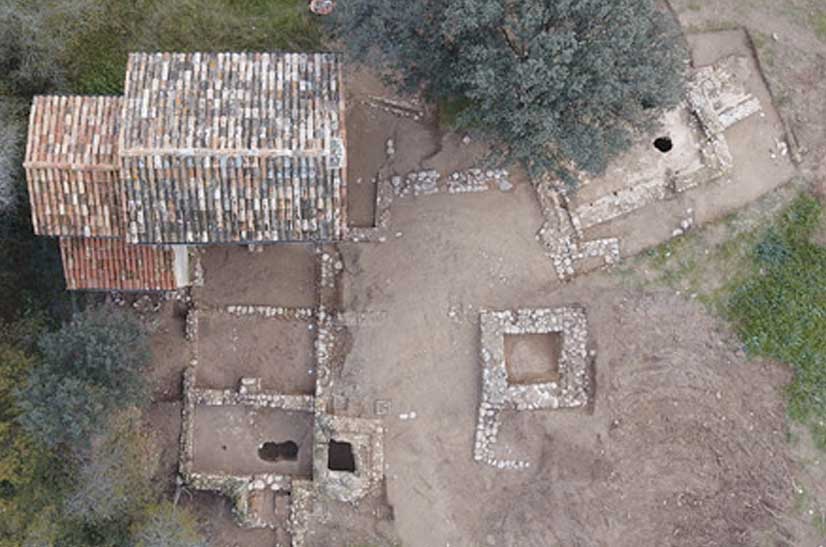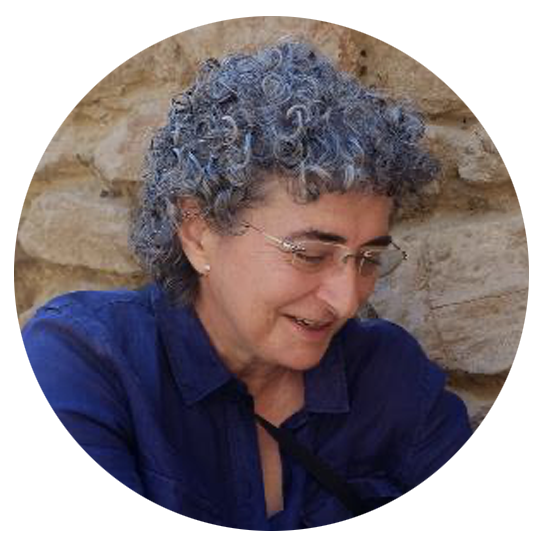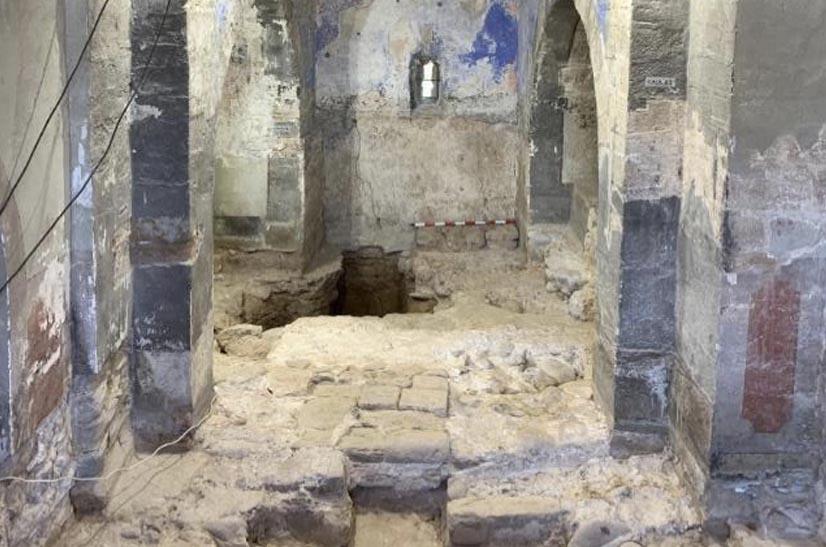SANT HILARI D’ABRERA
(Baix Llobregat, Catalonia)

In 2016, Abrera’s Town Hall proposed the rehabilitation of the hermitage of Sant Hilari (Abrera) and its surroundings, giving importance to the patrimonial, archaeological and geological value of the whole site. Dr. G. Ripoll and Dr. F. Tuset (members of ERAAUB) coordinated then a comprehensive and multidisciplinary scientific project with the aim of assessing the archaeological and geological potential and the rehabilitation of the site. A team of experts now is developing the project. TRÍADE Servicios Culturales, led by X. Esteve and I. Mesas, is responsible for archaeological interventions. The geological and geographical surveys are supervised by R. Julià and S. Riera. Finally, the conservation and consolidation of the buildings are being done by a specialized enterprise (SME) called Gamarra & García. The interventions carried out in 2017, 2018 and 2019, have been promoted and financed by the Abrera Town Hall and the Technical Section of Investigation, Cataloging and Dissemination of the Local Architectural Heritage Service of the Diputació de Barcelona.
The results of the work so far ratify the presence of a whole series of buildings. On the one hand, to the north of the hermitage, a large hot water spa with a caldarium composed by, at least, two praefurnia and a balneum, on the other, to the west of the hermitage, there are two large water reservoirs. The study of ceramic material gives a chronology that not goes beyond the beginning of the 3d century ACE and it is particularly intense during the 2nd century ACE. Three phases of reconstruction and/or modification have been acknowledged in some buildings, for reasons of functionality. There are walls, where the coexistence of different construction techniques can be distinguished. Also, some silos that were dug at the end of the occupational period as well as large deposits, at the thermal space, reusing that space. The preliminary study of these important transformations indicates that those last are contexts of transition to the medieval world.
The continuity of the project in Sant Hilari d’Abrera will allow understanding the significance of the water (eg. temperature, recycling, etc) in relation to the whole set of buildings from the Roman period and the continuity of use of those buildings until the medieval period and the testing of the assumptions for various functions and chronologies.



